Kunsthalle Rostock
November 19, 2023–February 18, 2024
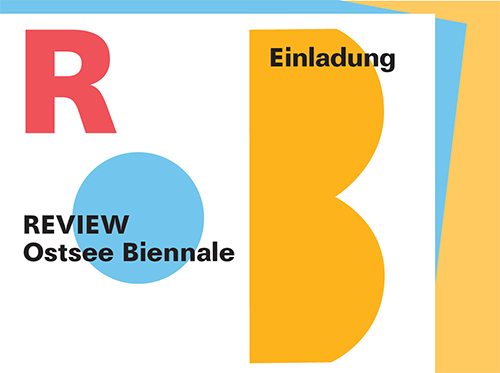
exhibition flyer
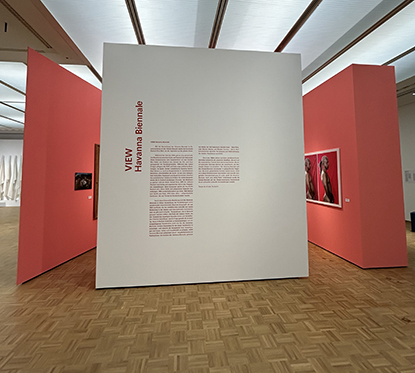
exhibition view
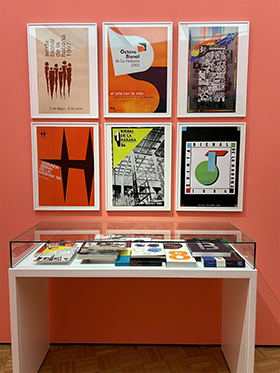
exhibition view
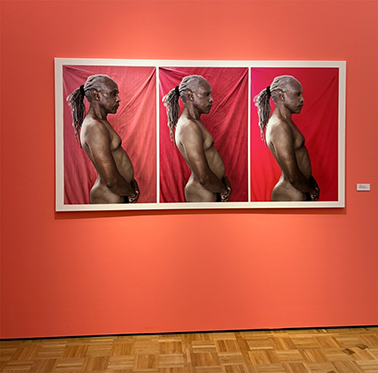
Rene Peña, La Mentira roja, 2015 Digitaldruck auf Leinwand 100 × 203 cm, Sammlung Kunsthalle Rostock
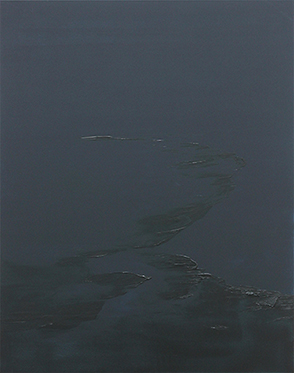
Elizabet Cerviño, Beth-El 1, 2019, Oil on canvas, 180 × 140 cm, Courtesy Bode Gallery
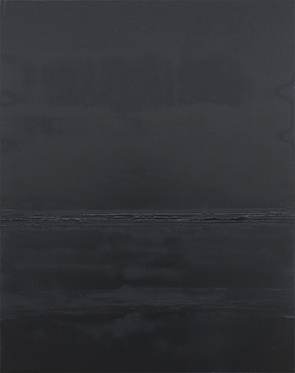
Elizabet Cerviño, Beth-El 4, 2019, Oil on canvas, 180 × 140 cm, Courtesy Bode Gallery
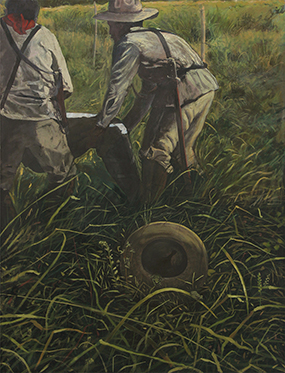
José Manuel Mesías, El cuadro de las ranas, 2016-2023, Oil on canvas, 138 × 105 cm, Courtesy Bode Gallery
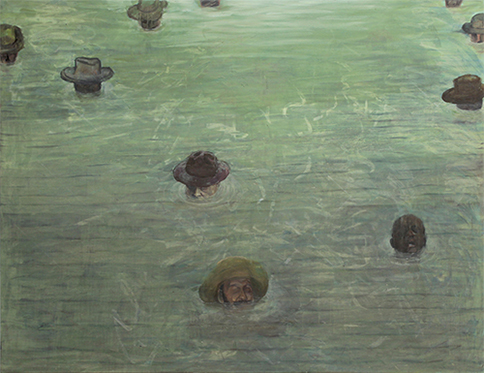
José Manuel Mesías, El letargo de la ciénega, 2012-2014, Oil on canvas, 191 × 246 cm, Courtesy Bode Gallery
Download exhibition text [english] [german]
Download invitation [pdf]
The exhibition REVIEW Baltic Sea Biennial. The Democratic Space happens on the occasion of the reopening of the Kunsthalle Rostock after three years of extensive renovation. This theme is dedicated to its genesis: "To be a place of the Biennale of the Baltic Sea Countries, Norway and Iceland", for which it was originally inaugurated in 1969. Since the mid-1990s, the Biennale hasn't been held anymore, Its legacy lives on in the existence of the Kunsthalle Rostock – architecture, extensive collection and diverse program. In this context we present the contribution VIEW Havana Biennial proposed by the curator Tereza de Arruda, which in a compact version as a parallel example of an existing international art biennial, which takes place since 1984 in a country that has a historical relationship with the Rostock and specific to the former GDR.
In 2016, the then Federal Minister Germany Dr. Frank-Walter Steinmeier wrote in the catalog of the exhibition Cuba Libre, which I curated: "4362 nautical miles – there is a great distance between Rostock and Cuba. Nevertheless, the two places were closely connected for a long time: The GDR's merchant ships set sail for Cuba from Rostock, and cruises to Cuba also started here. Much has changed since then: Germany has been reunified and for some time now Cuba has also been opening up to international exchange and cooperation in a difficult process."
The expectation at that time for the openness of the country was not fulfilled by several local and external political events. The longing for exchange and cooperation remains!
An important factor in the development of Cuban contemporary art was the existence of the Havana Biennial. This was founded in 1984 and was therefore a tradition even before the boom of biennials in the mid-1990s. The first Biennial featured contributions from countries in Latin America and the Caribbean: a total of 2000 works by 800 artists. In 1986, contributions from Africa and Asia were added, totalling 690 artists from 57 countries. In 1989, 300 artists from 41 countries contributed 850 works. Thus, the Biennale developed into an international event.
The Havana Biennial has undoubtedly an important cultural and social significance, but there are also critical perspectives that should be considered. The role of local politics in influencing the selection of participating artists and performing subjects is questioned. It is important to consider these critical perspectives in order to develop a balanced understanding not only of the Havana Biennial, but especially of the local art scene and to grasp the complexity of its impact on art, culture and society. This theme will also be considered in accompanying symposia to the exhibition in January 2024.
VIEW Havana Biennial presents through visual elements and publications the image of the Havana Biennial, as well as works by three Havana-based artists – Rene Peña, José Manuel Mesías and Elizabet Cerviño – who convey in their artistic language the existence and perception of the local art scene.
It remains Critical, Realistic, Ironic and Humorous!
La Mentira roja (The Red Lie) by Rene Peña was intended as a commentary on a self-portrait. The triptych shows the formal transformations that take place in a self-portraying subject, which, on balance, produce a distorted version of reality. At the same time, the red background, which is also softened by the interventions, refers to the ideological tendencies.
During walks through the streets of Havana, José Manuel Mesías collects images, objects, memories; fragments of things that only find meaning in the peculiar universe of his mind. His works are an assemblage of bits and pieces taken to build wholes. Understanding the paintings of José Manuel Mesías undeniably involves understanding this essential part of him.
This collection of artwork presents us with a variety of images that will undoubtedly transport us to Cuba, both in the past and in the present. We are confronted with the absurdity of walking the streets of Havana, the historical narrative that weighs upon Cubans, and the uncertainty of empty spaces. In this exhibition we see a glimpse of José Manuel Mesías as well as this little but complex island that, by force of blows, reinvents itself every day.
With this series Beth-El, Elizabet Cerviño invites us to her interpretation of a landscape. With the works she wants to say: from the mixture of many different pure colours, the light is born. When in front of Beth-El, the first thing the untrained eye sees is black, but there is no black or darkness, it is a play of textures and shadows. This set of paintings is about the house, the home, the space we inhabit and where everyone sees black, Elizabet Cerviño speaks of light.
The artist forces us to position ourselves in the middle of the confrontation of concepts, of preconceived ideas: light, darkness; day, night; home, emptiness; absence, presence.
REVIEW Baltic See Biennial – VIEW Havanna Biennial [website]
Kunsthalle Rostock, Hamburger Str. 40, 18069 Rostock
November 19, 2023–February 18, 2024
